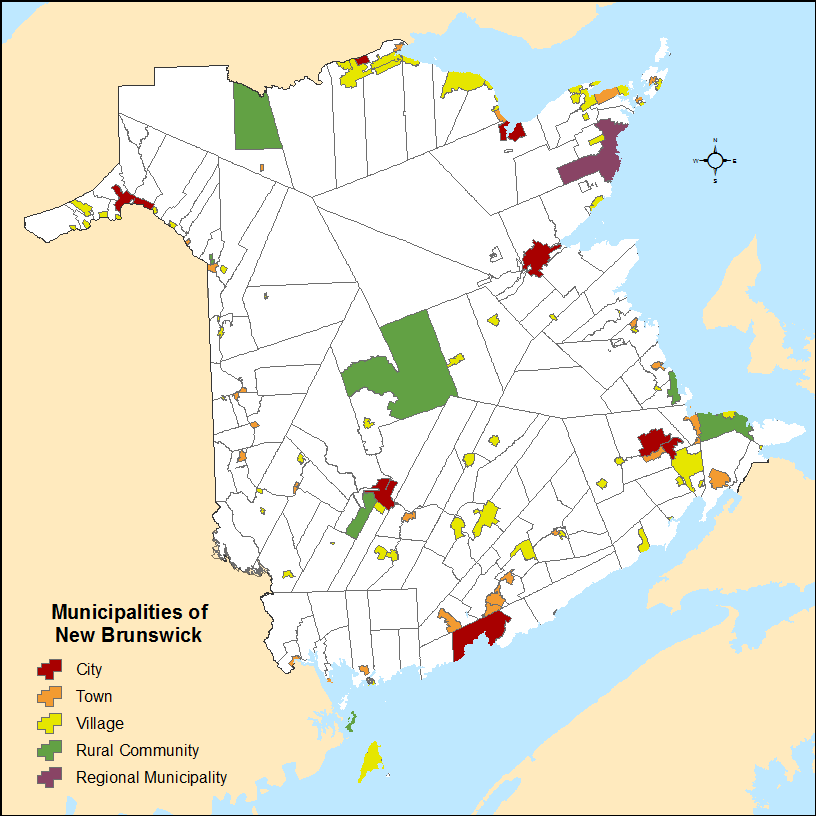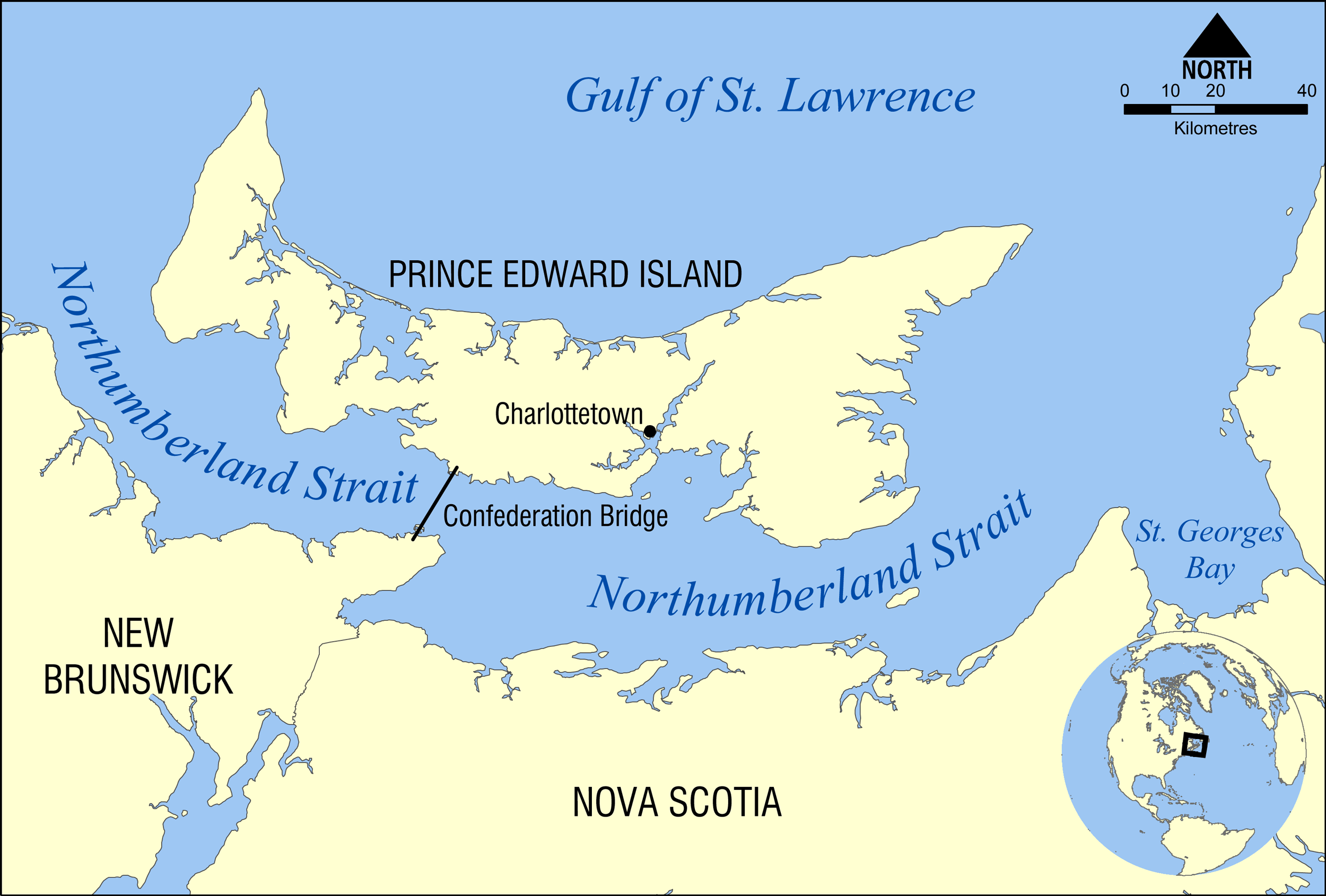|
Cap-Acadie
Cap-Acadie is a town in the Canadian province of New Brunswick. It was formed through the 2023 New Brunswick local governance reforms. Geography It is located on the Northumberland Strait approximately 50 kilometres (30 miles) east of Moncton. Approximately 88% of its residents are Francophone. History Cap-Acadie was incorporated on January 1, 2023 via the amalgamation of the former rural community of Beaubassin East and the former village of Cap-Pélé. Aboiteau Beach Cap-Acadie is home to the well known Aboiteau Beach that stretches out for approximately 2.5 kilometres (1½ miles), located inside Aboiteau Park. The beachside complex offers many services including a licensed restaurant with seafood and bar service, a gift shop and a patio overlooking the strait. See also *List of communities in New Brunswick *List of municipalities in New Brunswick New Brunswick is the Population of Canada by province and territory, eighth-most populous province in Canada, with 77 ... [...More Info...] [...Related Items...] OR: [Wikipedia] [Google] [Baidu] |
Beaubassin East
Beaubassin East was an incorporated rural community in Westmorland County, New Brunswick, Canada. It held rural community status prior to 2023 and is now part of the town of Cap-Acadie. History The rural community was incorporated on May 8, 1995 from the Local Service Districts of Boudreau West, Grand Barachois, Haute-Aboujagane, and Saint-André & LeBlanc Office, and portions of the parishes of Botsford, Sackville, and Shediac. It completely surrounded the village of Cap-Pelé. Beaubassin East was divided into six wards, numbered counterclockwise from its eastern boundary. # Ward 1 included Bas-Cap-Pelé, Petit-Cap, Portage, and Shemogue # Ward 2 included Saint-André-LeBlanc # Ward 3 included Grand-Barachois # Ward 4 included Boudreau-Ouest # Ward 5 included Haute-Aboujagane # Ward 6 included Cormier-Village In 2006, Trois-Ruisseaux became part of Beaubassin East. [...More Info...] [...Related Items...] OR: [Wikipedia] [Google] [Baidu] |
2023 New Brunswick Local Governance Reform
Local governance reform in the Canadian province of New Brunswick was implemented on January 1, 2023. This resulted in a significant reorganization of the local government entities in the province, including a reduction in the number of entities from 340 to 89, consisting of 77 local governments and 12 rural districts nested within 12 regional service commissions. The local governance reform review was commenced by the Government of New Brunswick in January 2021 and was promoted as the most consequential restructuring of the local governance system since Premier Robichaud's Equal Opportunity Program. Background Immediately prior to the 2023 reform, New Brunswick's local governance system consisted of 12 regional service commissions and 340 local entities including 104 local governments (i.e., municipalities) and 236 local service districts. Following the appointment of Daniel Allain as Minister of Local Government and Local Governance Reform, the Government of New Br ... [...More Info...] [...Related Items...] OR: [Wikipedia] [Google] [Baidu] |
List Of Municipalities In New Brunswick
New Brunswick is the Population of Canada by province and territory, eighth-most populous province in Canada, with 775,610 residents as of the 2021 Canadian Census, 2021 census, and the List of Canadian provinces and territories by area#Land area, third-smallest province by land area, at . New Brunswick's 104 municipality, municipalities, as of 2021, covered only of the province's land mass but were home to of its population. Local governments in New Brunswick may be incorporated under the ''Local Governance Act'' of 2017. Local governments include municipalities – cities, towns, and villages – as well as rural communities and regional municipalities. Municipal governments are led by elected councils and are responsible for the delivery of services such as civic administration, land use planning, emergency measures, policing, road, and garbage collection. In 1785, Saint John, New Brunswick, Saint John became the first community in what would eventually become Canada to be ... [...More Info...] [...Related Items...] OR: [Wikipedia] [Google] [Baidu] |
Regional Service Commission
A regional service commission (RSC) is an administrative entity in the province of New Brunswick, Canada. As the name implies, an RSC administers services on a regional level. RSCs are not incorporated municipal entities and lack direct taxation powers. A 2021 white paper recommended major reforms to New Brunswick's local governance system that took effect in 2023, with increased RSC responsibilities and some boundary adjustments. Functions RSCs were originally required to provide regional planning, local planning in local service districts (LSD) and participating local governments, solid waste management, policing collaboration, emergency measures planning, and facilitating cost-sharing agreements between member governance units. The 2023 local governance reforms added economic development, community development, tourism promotion, regional transportation, cost-sharing on recreation infrastructure, and public safety committees to the mandates of RSCs. History Before the cr ... [...More Info...] [...Related Items...] OR: [Wikipedia] [Google] [Baidu] |
Northumberland Strait
The Northumberland Strait (French: ''détroit de Northumberland'') is a strait in the southern part of the Gulf of Saint Lawrence in eastern Canada. The strait is formed by Prince Edward Island and the gulf's eastern, southern, and western shores. Boundaries The western boundary of the strait is delineated by a line running between North Cape, Prince Edward Island and Point Escuminac, New Brunswick while the eastern boundary is delineated by a line running between East Point, Prince Edward Island and Inverness, Nova Scotia. Hydrography The Northumberland Strait varies in depth between 17 and 65 metres, with the deepest waters at either end. The tidal patterns are complex; the eastern end has the usual two tides per day, with a tidal range of 1.2 to 1.8 metres, while the western end effectively has only one tide per day. The strait's shallow depths lend to warm water temperatures in summer months, with some areas reaching 25° C, or 77° F. Consequently, the strait is re ... [...More Info...] [...Related Items...] OR: [Wikipedia] [Google] [Baidu] |
2023 Establishments In New Brunswick
3 (three) is a number, numeral and digit. It is the natural number following 2 and preceding 4, and is the smallest odd prime number and the only prime preceding a square number. It has religious and cultural significance in many societies. Evolution of the Arabic digit The use of three lines to denote the number 3 occurred in many writing systems, including some (like Roman and Chinese numerals) that are still in use. That was also the original representation of 3 in the Brahmic (Indian) numerical notation, its earliest forms aligned vertically. However, during the Gupta Empire the sign was modified by the addition of a curve on each line. The Nāgarī script rotated the lines clockwise, so they appeared horizontally, and ended each line with a short downward stroke on the right. In cursive script, the three strokes were eventually connected to form a glyph resembling a with an additional stroke at the bottom: ३. The Indian digits spread to the Caliphate in the 9th c ... [...More Info...] [...Related Items...] OR: [Wikipedia] [Google] [Baidu] |
List Of Communities In New Brunswick
This is a list of communities in New Brunswick, a province in Canada. For the purposes of this list, a community is defined as either an incorporated municipality, an Indian reserve, or an unincorporated community inside or outside a municipality. Municipalities Cities New Brunswick has eight cities: * Bathurst * Campbellton * Dieppe * Edmundston * Fredericton * Miramichi *Moncton * Saint John Towns New Brunswick has 27 towns. Villages New Brunswick has 66 villages. Regional municipalities New Brunswick has one regional municipality. Rural communities New Brunswick has seven rural communities. Indian reserves First Nations Parishes New Brunswick has 152 parishes, of which 142 are recognized as census subdivisions by Statistics Canada and six as dissolved census subdivisions. Local service districts Neighbourhoods Other communities and settlements This is a list of communities and settlements in New Brunswick. A–B ; A * A ... [...More Info...] [...Related Items...] OR: [Wikipedia] [Google] [Baidu] |
Francophone
The Francophonie or Francophone world is the whole body of people and organisations around the world who use the French language regularly for private or public purposes. The term was coined by Onésime Reclus in 1880 and became important as part of the conceptual rethinking of cultures and geography in the late 20th century. When used to refer to the French-speaking world, the Francophonie encompasses the countries and territories where French is official or serves as an administrative or major secondary language, which spans 50 countries and dependencies across all inhabited continents. The vast majority of these are also member states of the (OIF), a body uniting countries where French is spoken and taught. Denominations Francophonie, francophonie and francophone space are syntagmatic. This expression is relevant to countries which speak French as their national language, may it be as a mother language or a secondary language. These expressions are sometimes misund ... [...More Info...] [...Related Items...] OR: [Wikipedia] [Google] [Baidu] |
Moncton
Moncton (; ) is the most populous city in the Provinces and territories of Canada, Canadian province of New Brunswick. Situated in the Petitcodiac River Valley, Moncton lies at the geographic centre of the The Maritimes, Maritime Provinces. The city has earned the nickname "Hub City" because of its central inland location in the region and its history as a railway and land transportation hub for the Maritimes. As of the 2024 Statistics Canada estimates, the city had a population of 97,523. The metropolitan population in 2024 was 188,036, making it the fastest growing census metropolitan area (CMA) in Canada for the year with a growth rate of 5.1%. Its land area is . Although the Moncton area was first settled in 1733, Moncton was officially founded in 1766 with the arrival of Pennsylvania German immigrants from Philadelphia. Initially an agricultural settlement, Moncton was not incorporated until 1855. It was named for Lt. Col. Robert Monckton, the British officer who had captu ... [...More Info...] [...Related Items...] OR: [Wikipedia] [Google] [Baidu] |
Provinces And Territories Of Canada
Canada has ten provinces and three territories that are sub-national administrative divisions under the jurisdiction of the Constitution of Canada, Canadian Constitution. In the 1867 Canadian Confederation, three provinces of British North America—New Brunswick, Nova Scotia, and the Province of Canada (which upon Confederation was divided into Ontario and Quebec)—united to form a federation, becoming a fully Independence, independent country over the next century. Over its history, Canada's international borders have changed several times as it has added territories and provinces, making it the List of countries and dependencies by area, world's second-largest country by area. The major difference between a Canadian province and a territory is that provinces receive their power and authority from the ''Constitution Act, 1867'' (formerly called the ''British North America Acts, British North America Act, 1867''), whereas territories are federal territories whose governments a ... [...More Info...] [...Related Items...] OR: [Wikipedia] [Google] [Baidu] |
New Brunswick
New Brunswick is a Provinces and Territories of Canada, province of Canada, bordering Quebec to the north, Nova Scotia to the east, the Gulf of Saint Lawrence to the northeast, the Bay of Fundy to the southeast, and the U.S. state of Maine to the west. It is part of Eastern Canada and is one of the three Maritime Canada, Maritime provinces and one of the four Atlantic Canada, Atlantic provinces. The province is about 83% forested and its northern half is occupied by the Appalachians. The province's climate is continental climate, continental with snowy winters and temperate summers. New Brunswick has a surface area of and 775,610 inhabitants (2021 census). Atypically for Canada, only about half of the population lives in urban areas - predominantly in Moncton, Saint John, New Brunswick, Saint John and Fredericton. In 1969, New Brunswick passed the New Brunswick Official Languages Act (1969), Official Languages Act which began recognizing French as an official language, along ... [...More Info...] [...Related Items...] OR: [Wikipedia] [Google] [Baidu] |




